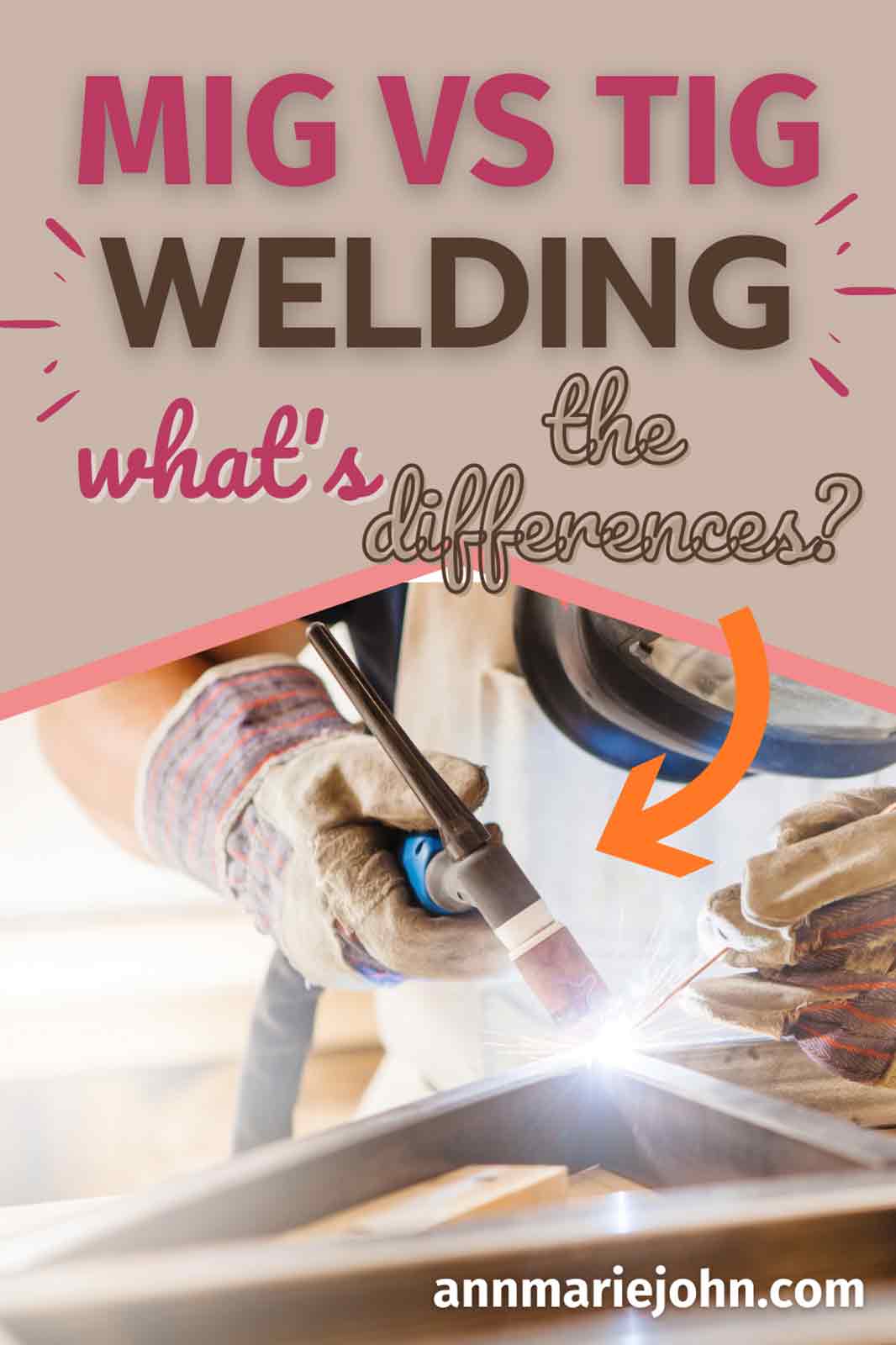You can do welding in various ways, including gas metal arc welding, manual metal arc welding, flux core arc welding, gas tungsten arc welding, and much more. Each of these welding processes is unique and has its welding benefits to the other. The gas metal arc welding gets classified into two, the Metal Inert Gas (MIG) and the Metal Active Gas (MAG), depending on what shields the gas. On the other hand, Tungsten Inert Gas (TIG) comprises an electric arc established between conductive bade plates and non-consumable tungsten electrodes. These two welding processes, MIG and TIG, use gas but differ in many ways. This article will highlight their main differences, as explained below. Let’s start with the descriptions.

MIG And TIG Welding Descriptions
The Tungsten Inert Gas (TIG) welding process occurs when an electric arc gets formed between a workpiece metal and the non-consumable tungsten electrode. On the other hand, the Metal Inert Gas (MIG) welding process occurs when an electric arc gets formed between a workpiece metal and a consumable wire electrode. As mentioned at Welding Headquarters, the MIG process involves joining two metals. The surfaces get joined by continuously filling an electrode which creates the bond between the two metals. It is essential to know the basics first before choosing any of the two welding options. You have to understand the parent metal, filler metal, weld metal, fusion line, heat-affected zone, and the affected zone. Here are the differences.
Electrodes Used
During welding, the Metal Inert Gas (MIG) uses a consumable electrode which you must continuously feed into the welding zone. The electrode is from a wire pool. On the other hand, the Tungsten Inert Gas (TIG) welding process uses a non-consumable electrode. This electrode will remain static, and it’s always intact during the welding process. This, according to the experts, remains to be the most significant difference between the two methods.
Equipment Used
When welding, the welding equipment you use in TIG includes the non-consumable tungsten electrode and a welding torch. You will also require a shielding gas source and a constant-current welding power supply for an effective welding process. When it comes to the MIG welding, the whole process will require the welding gun, a feed wire unit, a welding power supply, and a welding power supply. Do not forget a shielding gas supply. From the list, the main difference is a feed wire unit that continuously feeds the welding zone.
The Required Skills
The whole MIG welding process doesn’t require a highly skilled welder, meaning anyone with zero or fewer welding skills can do it comfortably. The welder can easily control the bonding to come up with joined parts. The TIG process is a bit complicated. Unlike the MIG, this process requires a skilled welder who understands the whole welding process. The most challenging part of this process is establishing and maintaining the arc. It would be best if you train for it, from experts.
How Are The Processes Carried Out
The TIG welding process requires either an Alternating Current or Direct current electrode negative (DCEN) polarity for it to be effective. The AC and DCEN process ensures the electrode has an increased lifespan. You can carry the MIG welding process with an AC or Direct current electrode positive (DCEP) polarity. These methods make the electrode melt and deposit faster, necessary in welding. When it comes to gas, the TIG welding only uses the Argon gas, while the MIG welding utilizes the mixture of argon and carbon dioxide gases.
Composition Of The Electrode
When it comes to TIG welding, the electrode is of tungsten which comprises small proportions of alloying elements, including thorium. MIG electrodes are a bit different. The electrode metal gets selected depending on the parent welding metal. The metallurgical composition involves an electrode metal that must be similar to the base metal. This selection enables the proper bonding of the welded metals.
Fillers
The TIG welding filler comprises small diameter, short length rods that measure 1 – 3 mm in diameter and 60 – 180mm in length. In MIG welding, the filler also has a smaller diameter, usually 0.5 – 2 mm, which is lengthy, extending to several hundred Meters – This is usually a wire wound in a wire pool.
Other than differences, the MIG and the TIG welding processes have some similarities. First, all these processes use bare electrodes. Also, in all processes, gas gets supplied from additional sources. The two welding processes involve joining conductive metals, and it is essential to understand the similarities and differences before performing any of the processes. Ensure you have an inert shielding gas to protect the hot weld bead from contamination and oxidation in the two processes.

